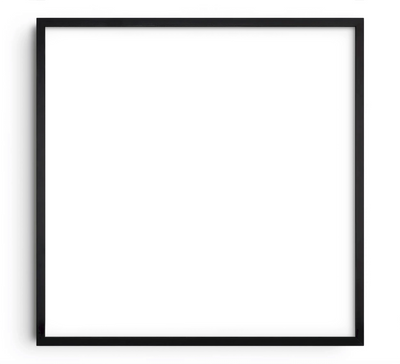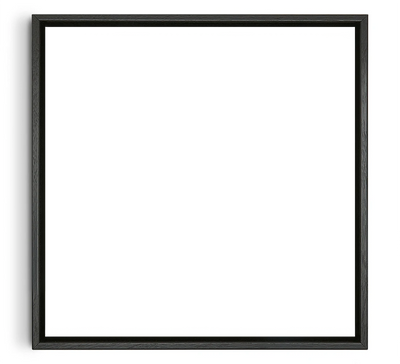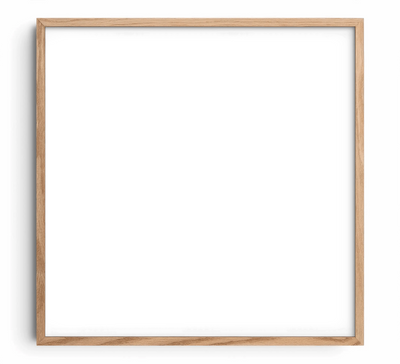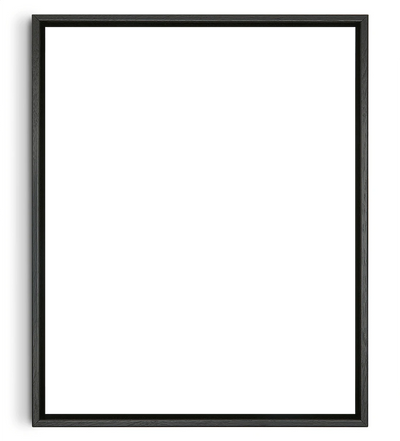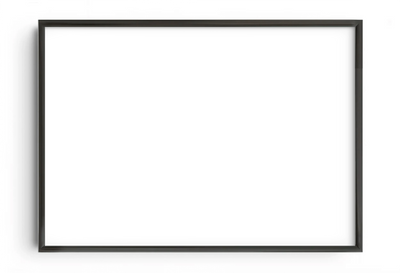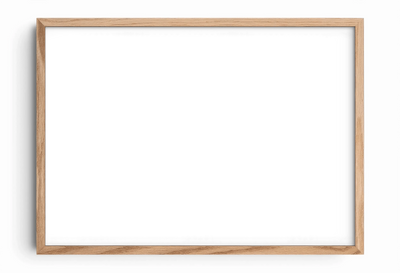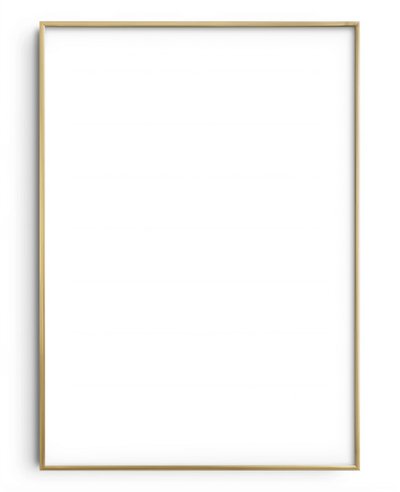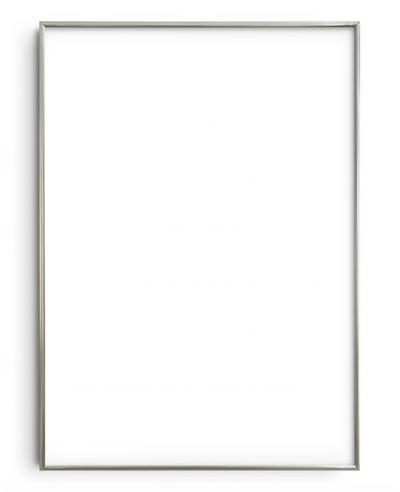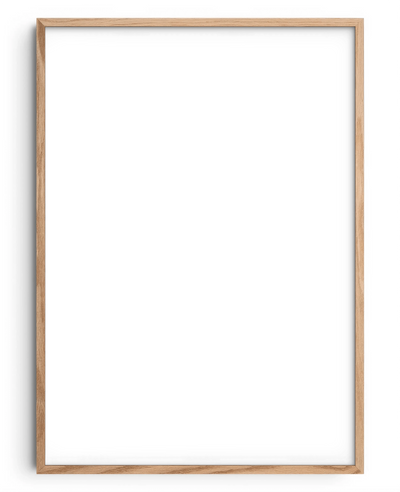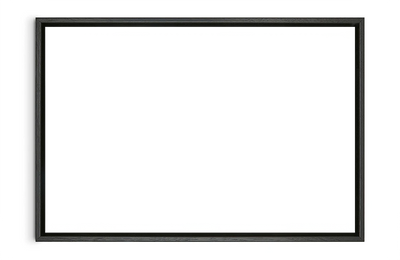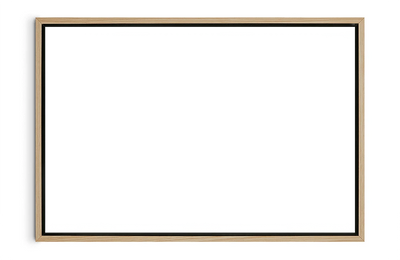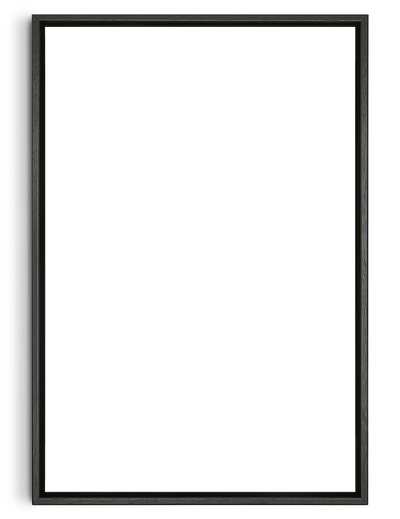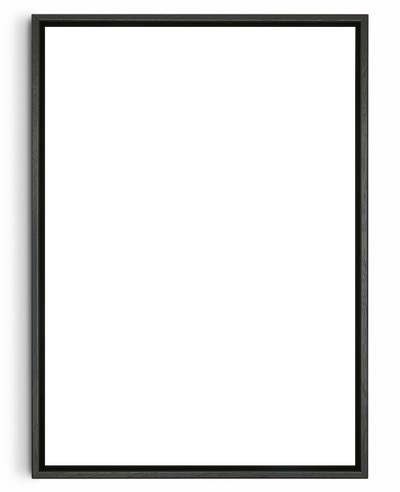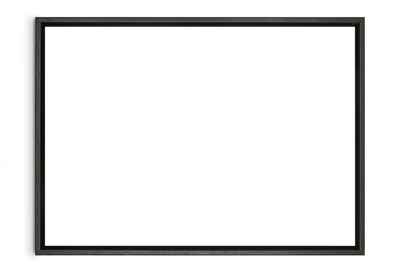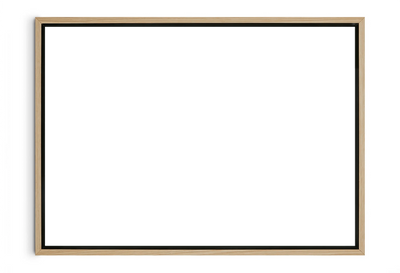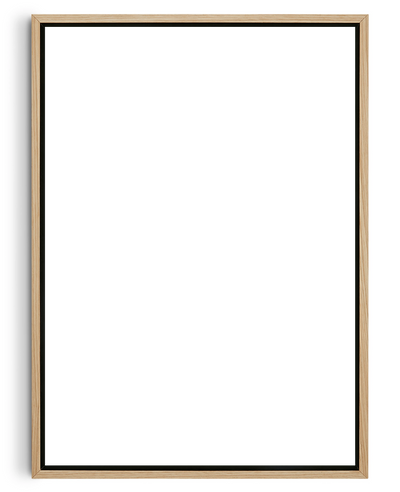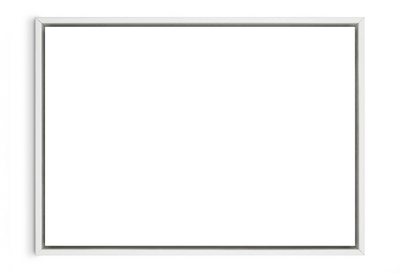If you had a chance to build the home theatre of your dreams, it would likely be furnished with more than just a big television and some loudspeakers. You may want to add other things to create a space where every film, gaming, or TV marathon experience feels more immersive.
Luckily, all it takes is a little planning and a lot of creativity on your part to engineer a home theatre set-up that will make you hesitant to leave home for your entertainment needs. Here’s DROOL Art’s guide for getting everything spot on:
1) Perfect Your Room Plans

First, if you’re building the room from scratch, aim for a height-to-width-to-length ratio of 1:1.6-1.7:2.3-2.4 for the best sound set-up. For example, a room that’s 3 metres high should be around 5 metres wide and 7 metres long. Avoid cube-shaped rooms, as they mess with acoustics.
For house guests who prefer to watch your favourite media from a place other than your sofa, bring out some bar stools to maximise seating and enhance their view with a little height.
If you’re converting a spare room, don’t panic and work with what you’ve got. A cupboard can hide equipment, keeping the floor space clear. And for odd shapes, use acoustic panels to achieve the best room ratio.
Don’t forget to decorate your home theatre as you please. Shop for art posters from DROOL to arrange the ultimate gallery wall around your TV and speaker set-up, full of the vibes that you enjoy from your favourite films, games, or shows.
2) Sort the Speaker Placement First

The next thing you’ll want to achieve in your home theatre is a surround-sound effect. If you're going all out, you may even want to read Dolby’s Atmos guide for speaker placement and invest in a set-up not unlike the ones you’ve encountered when watching films in the cinema.
Once you’ve acquired your speakers, work on their placement to achieve optimal acoustics. Subwoofers, for example, should be placed not in a corner (which would boost bass, but make the sound uneven), but rather in the middle of the front wall. Experiment and move your speakers around until the sound feels balanced.
3) Place Your Screen at Eye Level

Where you position your screen can change everything for you and your fellow viewers. The centre should be close to your seated eye level. Don’t mount it too high, as this will strain people’s necks.
If you're using projectors, the screen’s bottom edge should be about a metre from the floor. Also check how far your projector needs to be from the screen to get the right image size. Ultra-short-throw projectors will work well in small spaces since they sit close to the screen, but still deliver a cinematic image. Pair them with an ambient light-rejecting (ALR) screen to keep the picture sharp, even in bright rooms.
4) Think About Lighting

Unwanted light can ruin a cinema experience. If there’s a window where your screen needs to go, cover it with white vinyl during movie nights. Use blackout curtains or blinds to block other sources of light.
Once you’ve made the room dark, think about layering good lighting. Task lighting will help viewers find remotes or snacks. Some accent lighting will also add to the atmosphere.
5) Soundproof the Space

Keep any movie, TV, or video game soundtrack inside whenever you’re using your home theatre, both for your sake and the sake of your neighbours. Acoustic panels will reduce echoes and improve sound clarity in the room. You can also install DIY panels made with fabric, like heavy curtains, or you can invest in professional panels that double as decor.
Stop noise from leaking out by using solid-core doors, as they insulate better than hollow ones. In addition, install soundproof insulation to walls and ceilings. If you're above another living space, you may want to outfit the space with thick carpets with soundproof underlays to reduce vibrations. Rugs and rubber padding will help dampen the sound for hardwood floors.
6) Tidy Your Cables

Messy cables ruin the look of your home theatre, and they can also be a tripping hazard. Use cable raceways to hide wires along walls or skirting boards. For a cleaner finish, opt for in-wall solutions, but plan carefully before you start drilling.
Velcro straps or cable ties will provide a simple solution that will keep bundles neat and easy to manage. Label your cables to save time troubleshooting later.
You can also check out custom-built media cabinets with integrated cable management. These keep everything organised and out of sight, blending functionality with style.
7) Upgrade Your Seating

Your choice of seating will contribute a lot towards your overall viewing experience. You can go for reclining chairs with cupholders and USB ports for the ultimate viewing treat; if you're on a budget, a comfy sofa with extra cushions will work fine.
Arrange seats so that everyone gets a clear view and has access to side tables for snacks. In small rooms, foldable or wall-mounted seats will help you save space. Multi-functional furniture like ottomans with storage will keep your home theatre room tidy while also proffering extra seating when needed.
8) Infuse the Space with Personality

Lastly, once the essentials are in place, it will be time to personalise your space and make it truly your own. Showcase your passion for film with art posters referencing your favourite films, directors, iconic scenes, or anything that evokes the magic of the media you’ll watch in your home theatre. Framed posters will help you achieve a polished look, and DROOL Art’s premium handmade wooden frames will make the presentation even more charming.
Make Sure to Enjoy the Show
There’s a lot you can do to plan the layout, optimise the sound, control the lighting, and add personal touches to your home theatre. The choices are completely yours—do what it is that feels right to you, whether you expect to enjoy cinematic movie nights with friends or quiet evenings of solo binge-watching. Your set-up will help you unlock full comfort, style, and a theatre-like atmosphere every time.










